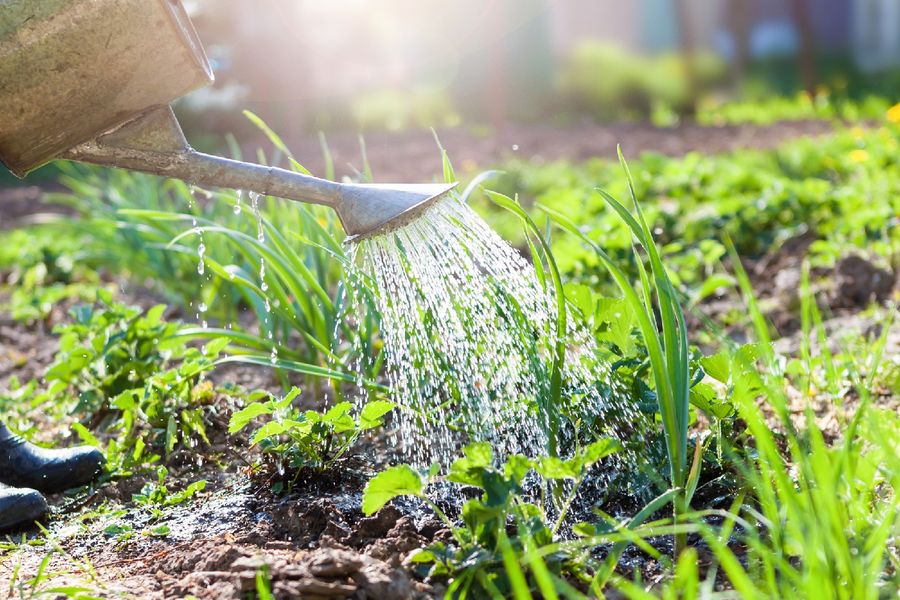1. Water Early in the Morning
Watering your garden early in the morning, ideally before 10 a.m., is the best time for several reasons. The temperatures are cooler, so less water evaporates compared to watering during the heat of the day. Additionally, plants have time to absorb the moisture before the sun becomes too intense, which helps them stay hydrated and healthy.






